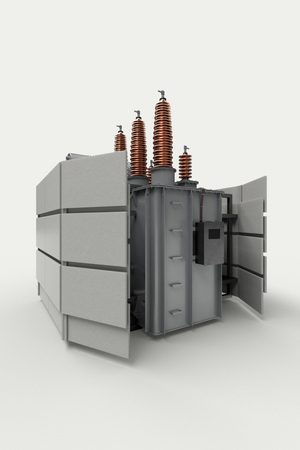
In July 2014, the Department of Homeland Security mandated that utilities meet requirements and measures outlined in the North American Electric Reliability Corporation’s (NERC’s) critical infrastructure protection (CIP) standards. These…

In July 2014, the Department of Homeland Security mandated that utilities meet requirements and measures outlined in the North American Electric Reliability Corporation’s (NERC’s) critical infrastructure protection (CIP) standards. These…
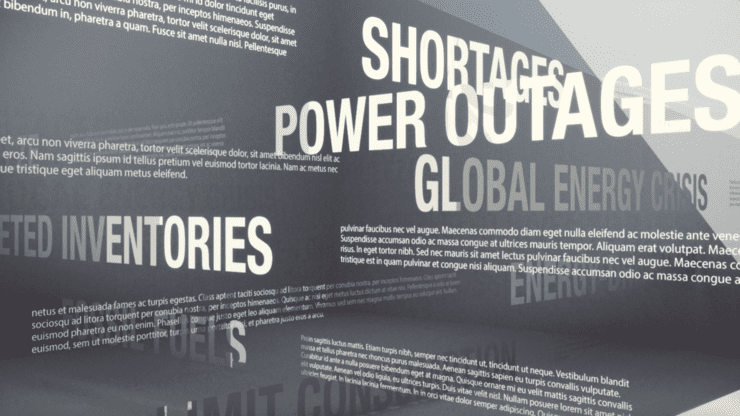
The problem of the destructive effects of high-altitude electromagnetic pulse (EMP) on electronic and electrical equipment has been well-known for more than 50 years. All military equipment and critical equipment…
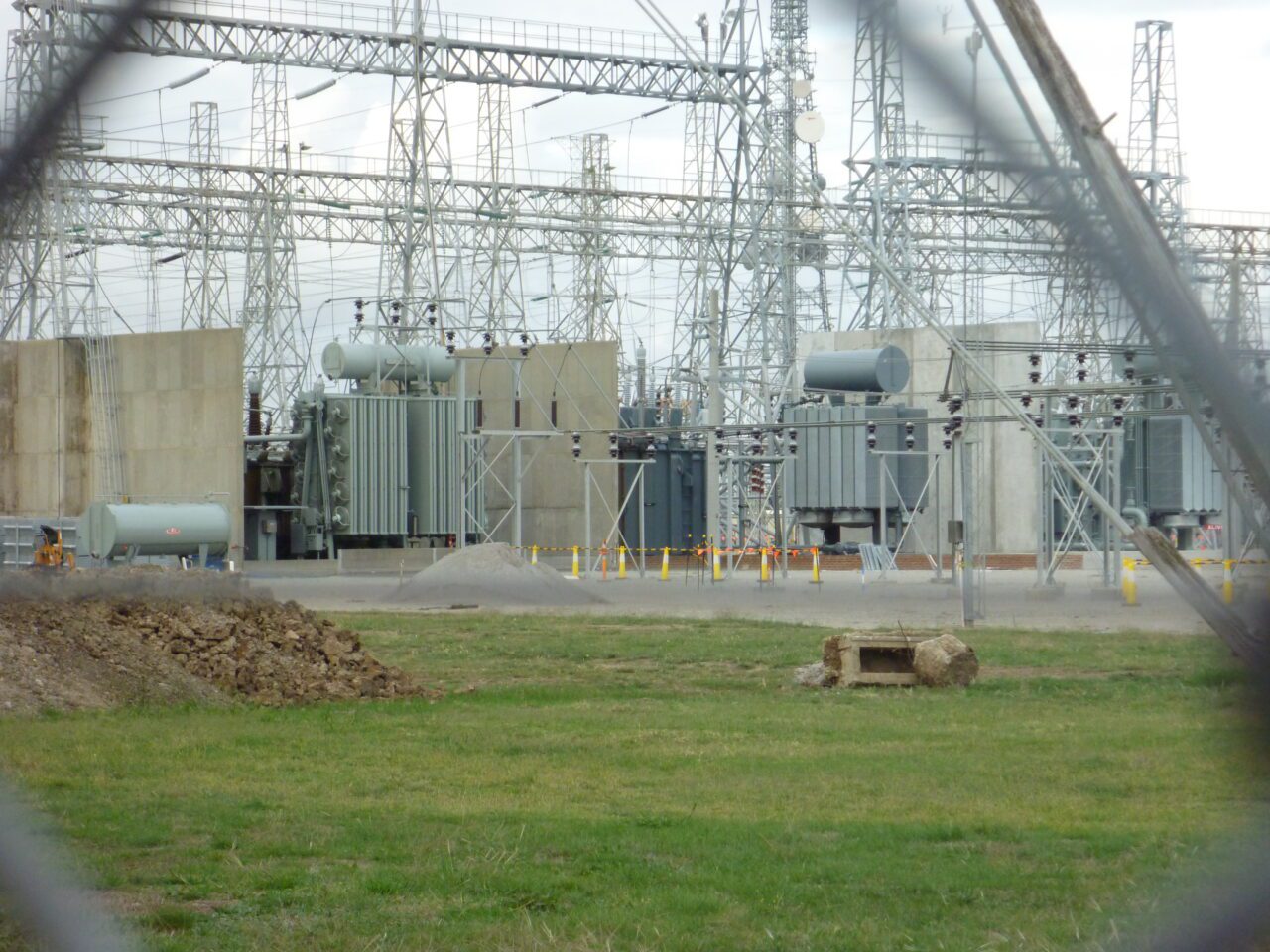
A modern town without power—shuttered stores, empty parking lots and useless traffic lights—can resemble an eerie, dystopian future where residents struggle to get what they need. This is the short-term…
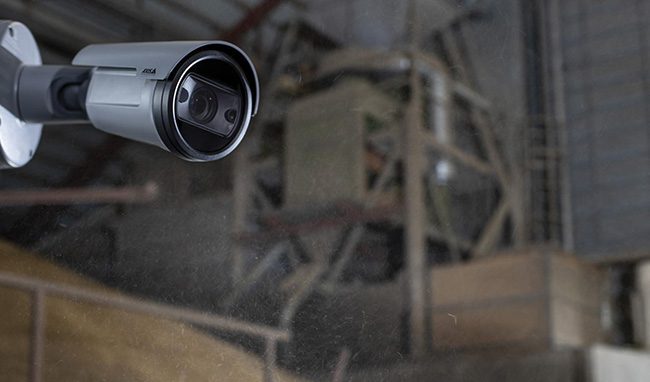
Physical security of plants and substations has become a real concern for power companies. In an interview with NPR, Puesh Kumar, director of the U.S. Energy Department’s Office of Cybersecurity,…
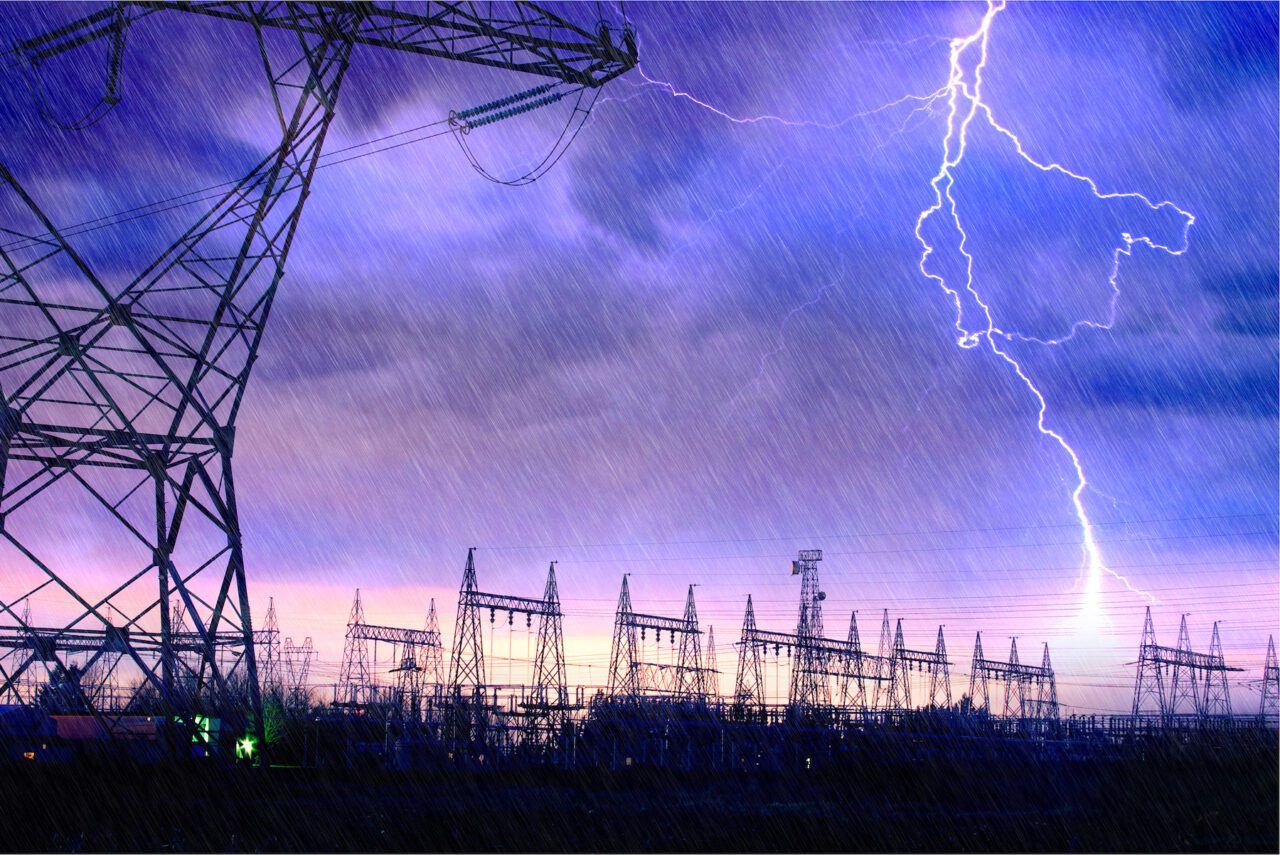
Physical security at power plants has received renewed concern of late, owing to a spate of gunfire vandalism events in the U.S. However, power plants have long-fielded several other physical…

A third power substation has been damaged by gunfire in North Carolina, prompting an FBI investigation. The incident on Jan. 17 is part of a spate of gunfire vandalism that…
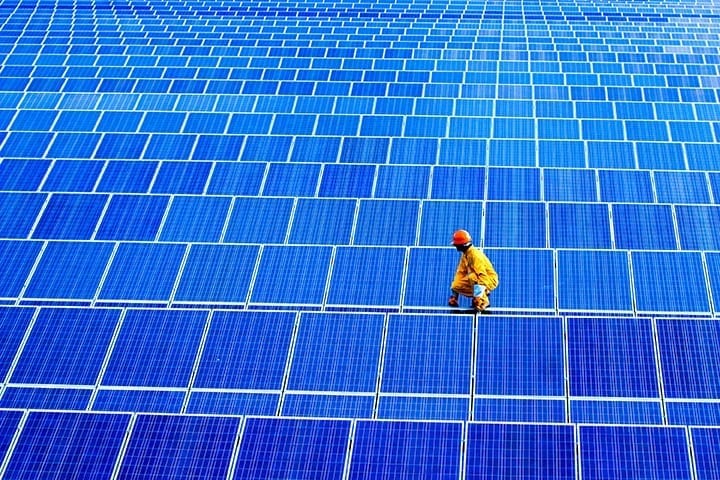
A wide range of industries fall under the umbrella of critical infrastructure, and they are all—as the name implies—critical. From energy production and water treatment to transportation and data storage,…
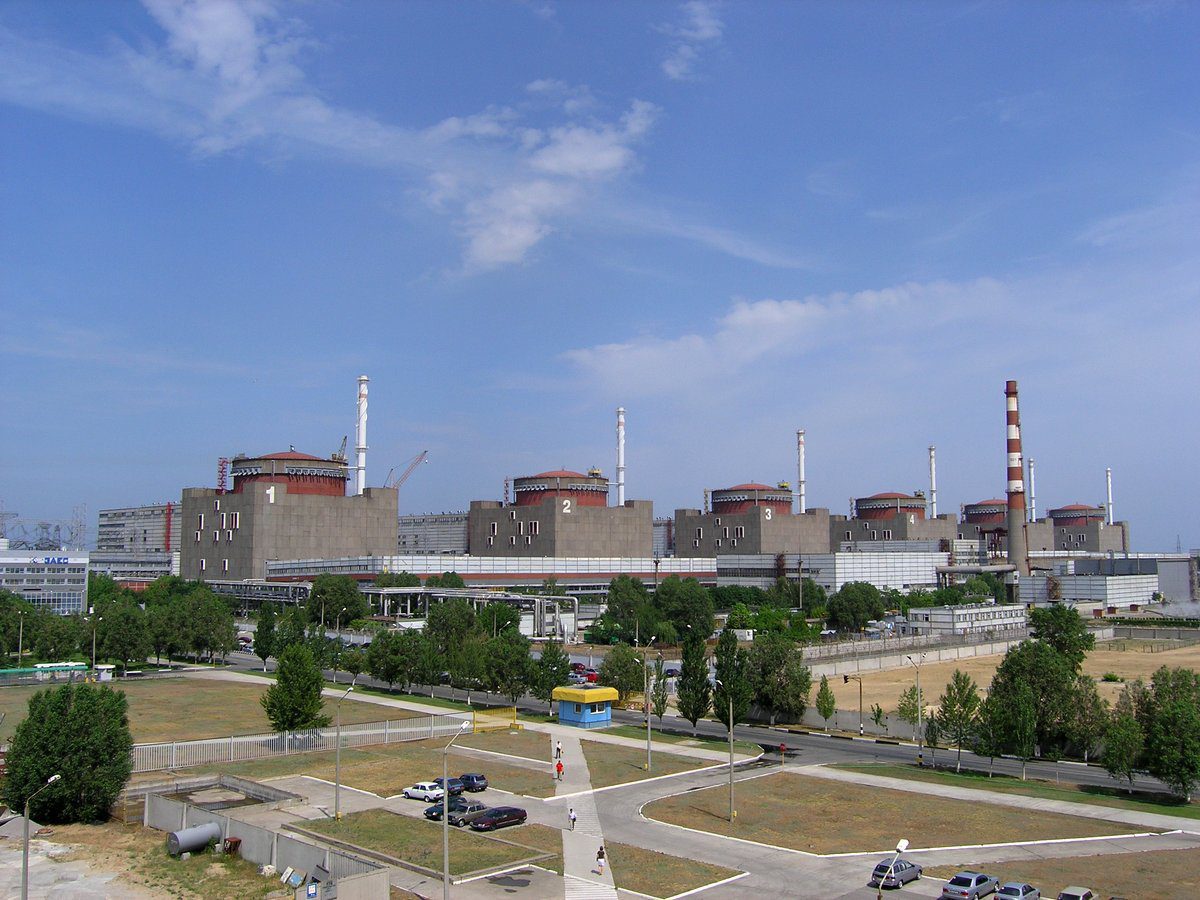
An expert team from the International Atomic Energy Agency (IAEA) has arrived in Kyiv and is readying to inspect Ukraine’s Zaporizhzhya Nuclear Power Plant (ZNPP) for damage from weeks of…
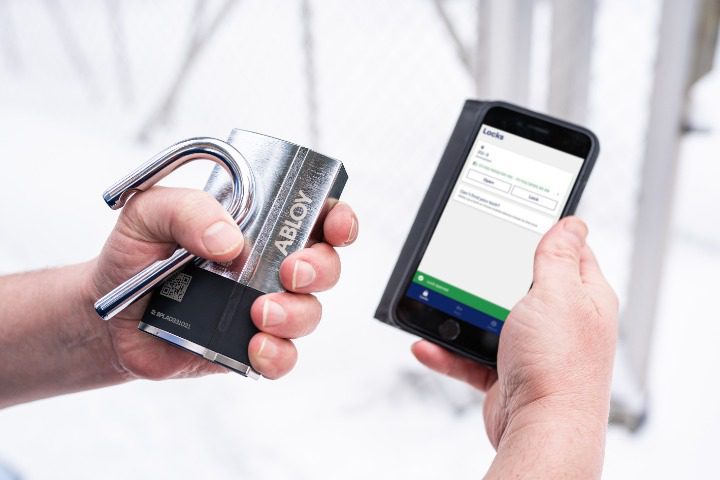
The new version of the keyless ABLOY BEAT padlock, designed especially for critical infrastructure, features a removable shackle. The highly weatherproof lock is operated with a mobile app and connects…

The fog of uncertainty that hangs over the global power industry is getting larger and denser as generating companies and utilities navigate ever more complex challenges. High-level scenarios often paint…